17 Jun 2243: Moving Forward – A Contemporary Art Exhibit Launching by Siete Pesos & 5 Motorela Fun Facts You Never Knew About

June 15 is always celebrated as Cagayan de Oro’s Charter Day ever since it was granted city status in 1950 through the efforts of then Congressman Emmanuel Pelaez (later to become Vice-President). The Kagay-anon youth especially love this non-working holiday because of its close proximity to another non-working holiday, June 12, or the so-called Independence Day.
In terms of the city’s history however, it is unfortunate that many Kagay-anons are not really that familiar with it. Thus, while the city celebrated its Charter Day last June 15, many people were also caught by surprise that a group of artists should also be celebrating an iconic symbol of the city, the 50th Anniversary of the creation and patenting of Cagayan de Oro’s veritable Motorela.
Thus, on a late afternoon on June 15, 2016, Siete Pesos with other Xavier University artists launched a contemporary art exhibit called 2243: Moving Forward, at the Capt. V. Roa entrance to the Centrio Gardens. The sole exhibit of the event was the refurbished and customized Motorela that was displayed during the Singapore Biennale 2013 at the Singapore Art Museum for Contemporary Art in Southeast Asia.
Said customized motorela was created, refurbished, and customized by a group of seven artists calling themselves the Siete Pesos (Seven Pesos). The group was Cagayan de Oro’s Singapore Biennale 2013 Commission responsible for creating the motorela masterpiece that would be displayed at the Singapore Art Museum (SAM). The seven artists are comprised of Oscar A. Floirendo, Nicolas ‘Nick’ Aca, Jr., Errol P. Balcos, Michael E. Bacol, Michelle Hollanes Lua, Jericho Valjusto Vamenta, and Ma. Rosalie Zerrudo.
Members of Cagayan de Oro’s media and bloggers were present to cover the said event.
Program Proper
The program began with a simple ribbon cutting by the Siete Pesos artists, Dr. Erlinda M. Burton, PhD (of Xavier University’s Sociology and Anthropology Department, RIMCU – Research Institute of Mindanao Culture, and curator of Museo de Oro), and various representatives from the Xavier Center for Culture and the Arts.
It was then followed by short speeches by Ms. Karagdag and Centrio Mall’s Marketing Officer, Mr. Itos Felesedario.
Live Performances as Entertainment for the Guests
After the short speeches, a contemporary cultural dance number from the Xavier University Dance Troupe, an acapella performance from the Xavier Center for Culture and the Arts Ensemble, and a song number from Arthur Neri (a CDO performing artist) wowed the crowd with their special talents.
History of the Motorela and the Motorela Art Project
After the live entertainment, a speech was given by Mr. Oscar A. Floirendo from Xavier University’s Museo de Oro and one of the Siete Pesos artists, regaling everyone with the story about how his late father, Mr. Rafael D. Floirendo, invented the motorela, and how the 2243: Moving Forward is more than just a motorela art project.
The art project conducted art workshops for the children survivors of Typhoon Sendong. In the workshops the children created colorful fold-out booklets that depicted the venerable motorela. These fold-out booklets were included at the SAM art exhibit in Singapore.
The displayed motorela at Centrio also features a built-in video screen that continuously plays videos about Siete Pesos and the 2243: Moving Forward project. Visitors can actually sit inside the motorela and view the videos.
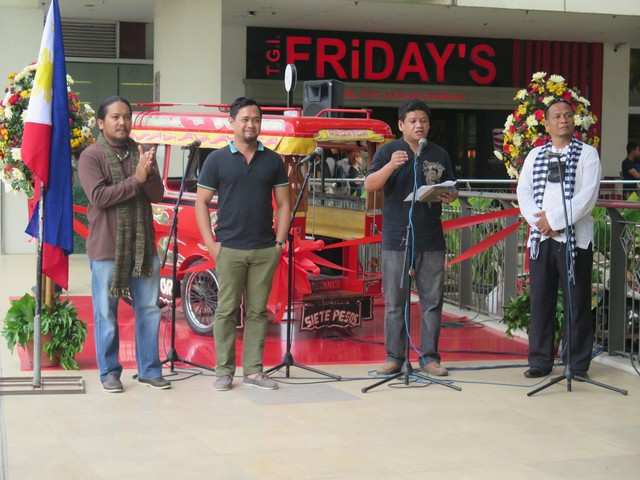
Mr. Floirendo further explained that the artist’s group name comes from the fact that they are seven collaborating artists, seven is the maximum number of passengers that can fit inside a motorela (though today you can actually fit in eight, not including the driver), and P7.00 is the standard regular fare for the motorela (though today it’s down to P6.00). The program ended with a snack smorgasbord served by the sponsoring Mesa Restaurant.
Exhibit in Singapore
In 2012, Singapore gave an open invitation to all artists from ASEAN countries to participate in the Singapore Art Biennale 2013, of course subject to a selection process. Of the more than 200 proposals submitted, 80 passed and were accepted, 8 coming from the Philippines. Of the 8 from the Philippines, 2 came from Mindanao. One was from Bukidnon, the Talaandig Soil Painting Art that would eventually be featured in National Geographic.
The second one was the 2243: Moving Forward collaborative art project that would feature CDO’s motorela. The Singapore Art Museum then provided the 2243 Art Project with a financial grant to refurbish and customize an old and junked motorela and motorcycle, as well as having it shipped to Singapore and exhibited at the SAM.
5 Motorela Fun Facts
And because the venerable and versatile motorela is celebrating its 50th anniversary, here are 5 fun facts you probably didn’t know about it.
- Cagayan de Oro’s motorela was invented by the late Mr. Rafael D. Floirendo, a local businessman from Cagayan de Oro. He had it registered as a “four-wheeled motorcycle driven vehicle” and patented in 1965 under the patent number 2243 (thus, the name of the 2243 project by Siete Pesos) and simply called it the Motorela.
- Since its patent in 1965, the motorela has been serving Cagayan de Oro’s streets as a public utility vehicle for 50 years now. From its original fare of 25 centavos in the late 1960’s up to the 70’s, it became 50 centavos in the 80’s, slowly increasing until reaching its present zenith of P7.00. This has recently gone down to P6.00.
- Because of the said 2243 patent, no other city in the Philippines is allowed to copy or develop the motorela design. Thus, Cagayan de Oro holds the distinction of the only city in the Philippines having its own patented public utility vehicle, making the motorela an iconic symbol of the city. Other Philippine cities use the basic design of the motorcycle side car that can seat only 3 passengers. The basic side car design is from the German BMW motorcycle design that its designers failed to patent.
- Cagayan de Oro’s veritable motorela is both indomitable and versatile. Aside from being a passenger public utility vehicle it has proven to be a prime moving vehicle that can carry loads of up to double its present weight. It has also proven to be a useful “emergency first responder vehicle” in the absence of ambulances. In the aftermath of Typhoon Sendong, hundreds of motorelas were seen around the city ferrying injured survivors and dead bodies in large numbers to hospitals and funeral homes.
- Technically, both the motorcycle and the motorela body have a long lifespan of 10 years before both have to be replaced. This is longer than the average passenger jeepney which is pegged with a technical lifespan of 6 – 8 years while an average passenger car has a somewhat similar lifespan as well.

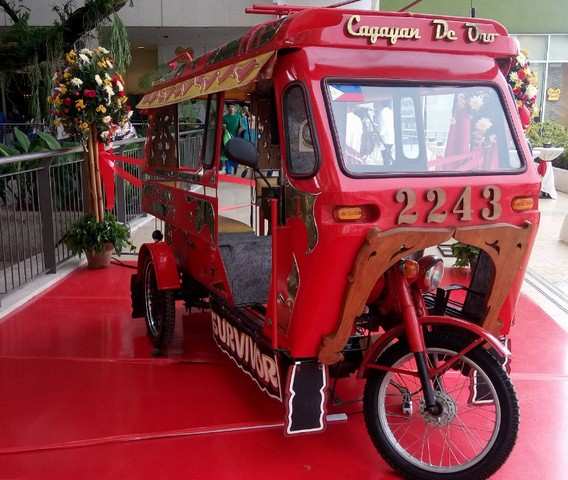
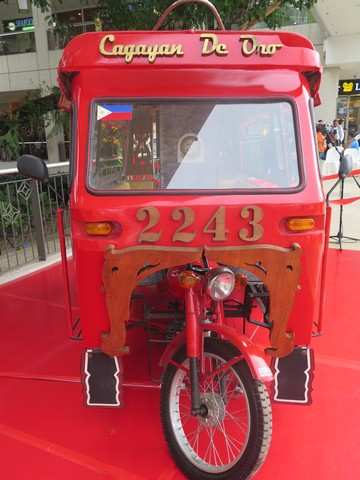

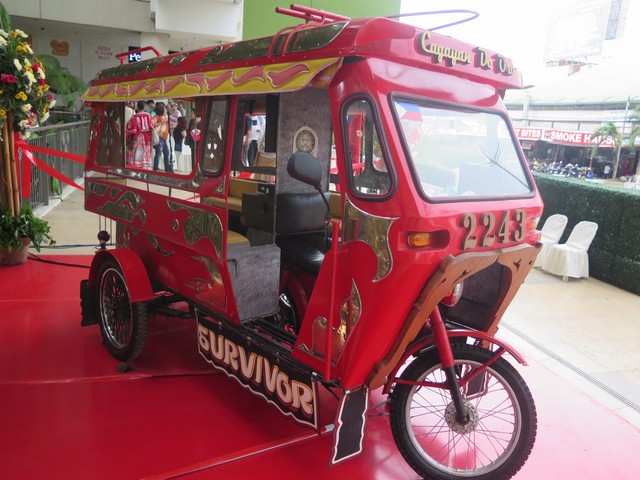

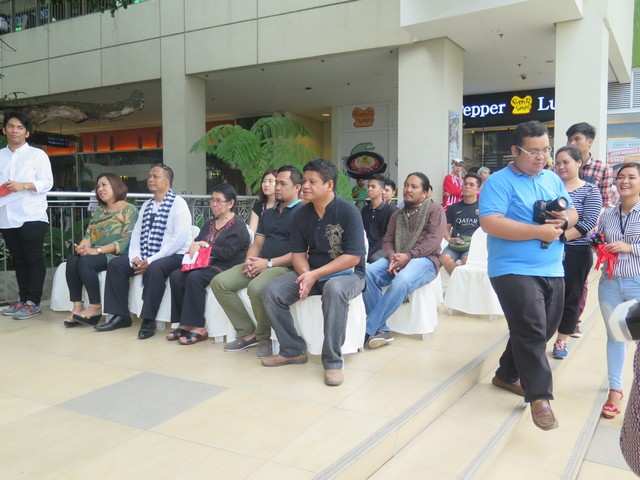



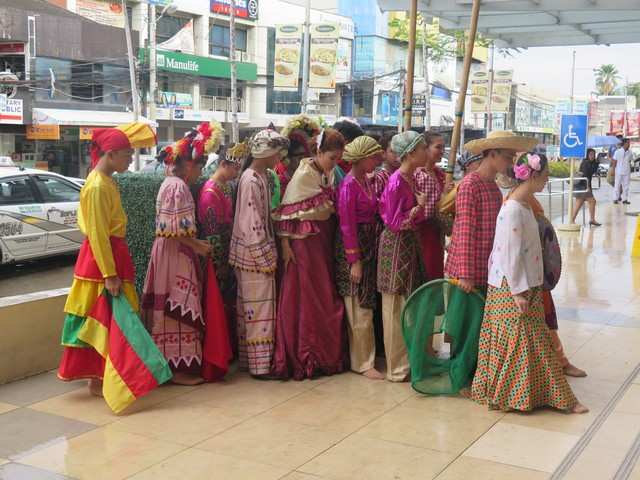
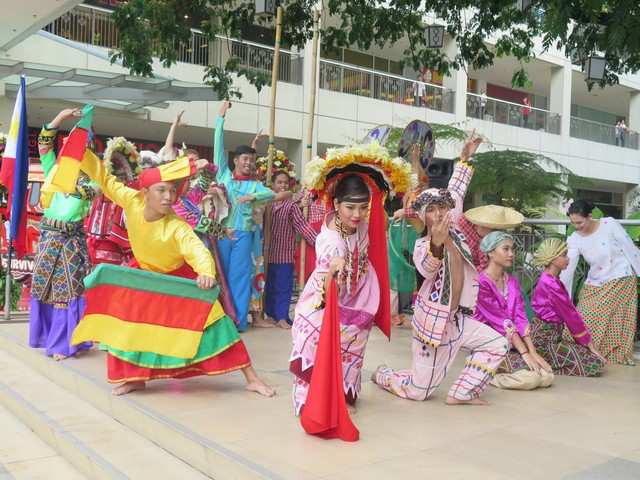
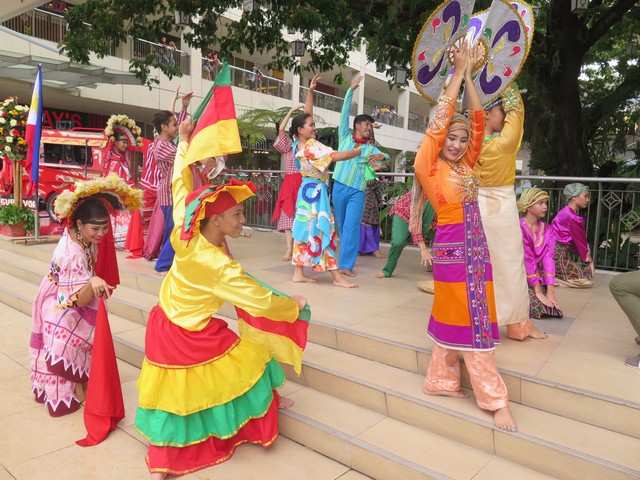
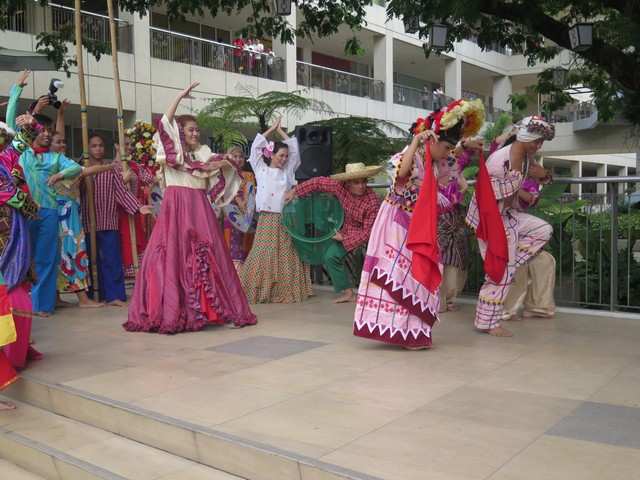

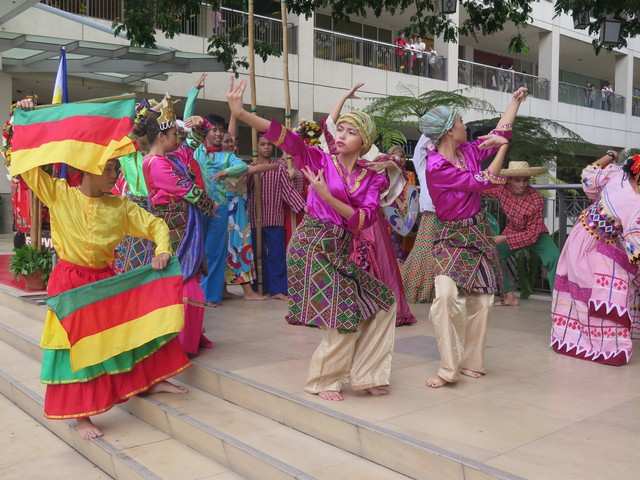


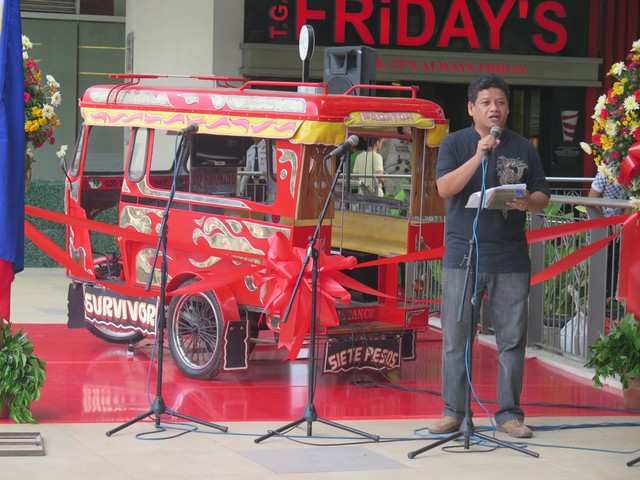




No Comments